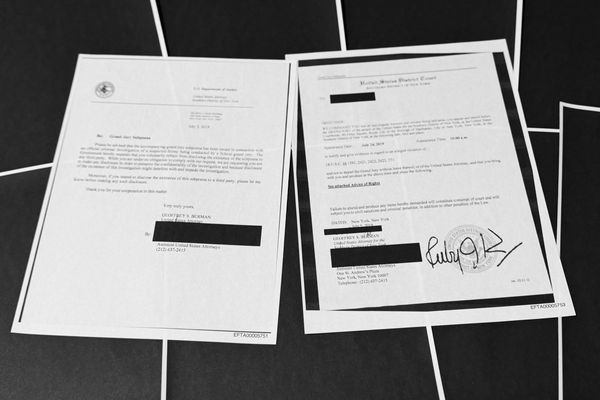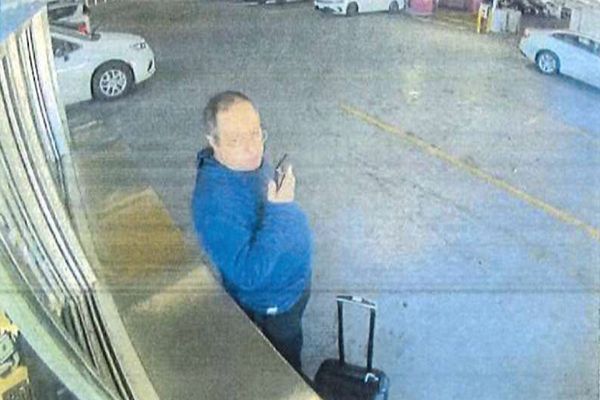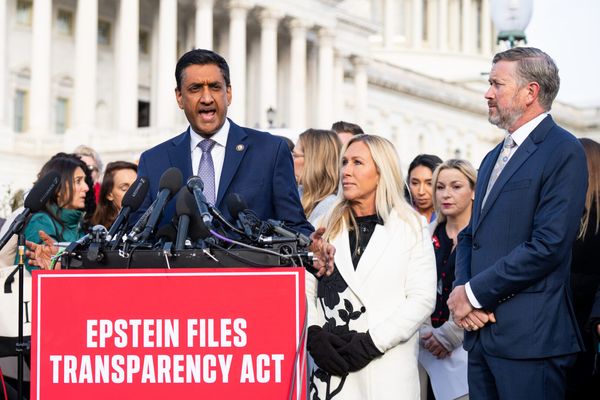New Zealand is going to make it easier for migrant workers to move to the country in its latest attempt to boost the economy and workforce.
In direct contrast to Donald Trump, who regularly promotes his armed crackdown on migrants in the US, and Nigel Farage, who is fomenting fury over migrants in the UK, New Zealand has taken a different tack.
Announcing two new immigration routes for skilled workers, economic growth minister Nicola Willis said skilled and experienced migrants play an important role in plugging workforce gaps, and in turn help businesses to grow.
The new residency options will be introduced from mid-2026.
“Businesses told us it was too hard for some migrants to gain residence, even when they had crucial skills and significant experience that was not available in the existing workforce,” she said in a statement.
It comes as New Zealand’s economy continued to struggle after having seen negative growth in three of the last five quarters. The government has been attempting to support the economy and boost foreign investment in the country by way of a number of policies it has introduced in recent months.
Net migration to New Zealand has remained positive. However, the rate of growth has slowed compared with the surge seen immediately after its borders reopened in 2022. One of the main reasons is that a larger-than-usual number of its citizens are now leaving the country, which offsets some of the inflow.
One pathway is for skilled migrants who have the required experience and salary level. Another is for those in trades and technical roles who satisfy the qualification, work experience and wage criteria.
The trades and technicians pathway acknowledges the practical skills essential in industries that rely on and value non-university qualifications, said immigration minister Erica Stanford.
She said the skilled work experience pathway was created to support employers in retaining experienced workers “who are already contributing to New Zealand’s economy and have demonstrated value in their roles”.
A record number of people are leaving the country. Around 73,400 New Zealanders left between July 2024 and July 2025, while only 25,800 people returned home, according to Stats NZ.
Amid efforts to help ease the imbalance, the government relaxed visitor visa rules in January to encourage so-called “digital nomads”, people who work remotely while travelling, to work in New Zealand.
In February, the government eased rules for its Active Investor Plus visa – the so-called golden visa granting residency to wealthy foreigners.
Business New Zealand welcomed the latest changes, saying they would help employers to retain skilled workers, while Infrastructure NZ urged an earlier start date.
However, the leader of minor coalition partner New Zealand First, Winston Peters, opposed the move, saying he has “serious concerns”.
He said he has invoked the “agree to disagree” provision, referring to the plans an “unfocused immigration proposal”.
“New Zealand is being used as a stepping stone into Australia,” said Mr Peters, the party’s leader and minister of foreign affairs.
A New Zealand woman is convicted of murdering her 2 children and leaving their bodies in suitcases
Italian skier's death prompts early safety debate before the Milan-Cortina Olympic season starts
Day and night get equal billing Monday as fall equinox arrives. Here's what to know
Australian police officer charged over assault at protest for Palestine
The ‘invisible’ condition impacting one in five children: Not ‘growing pains’
Victorian doctor who raised alarm over Erin Patterson disciplined for remarks







